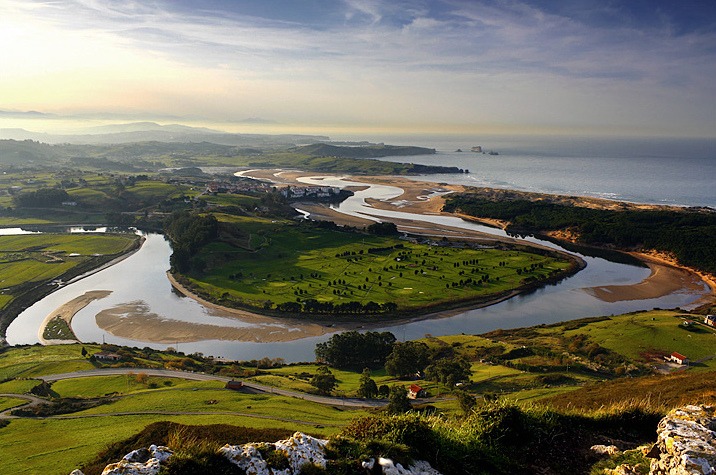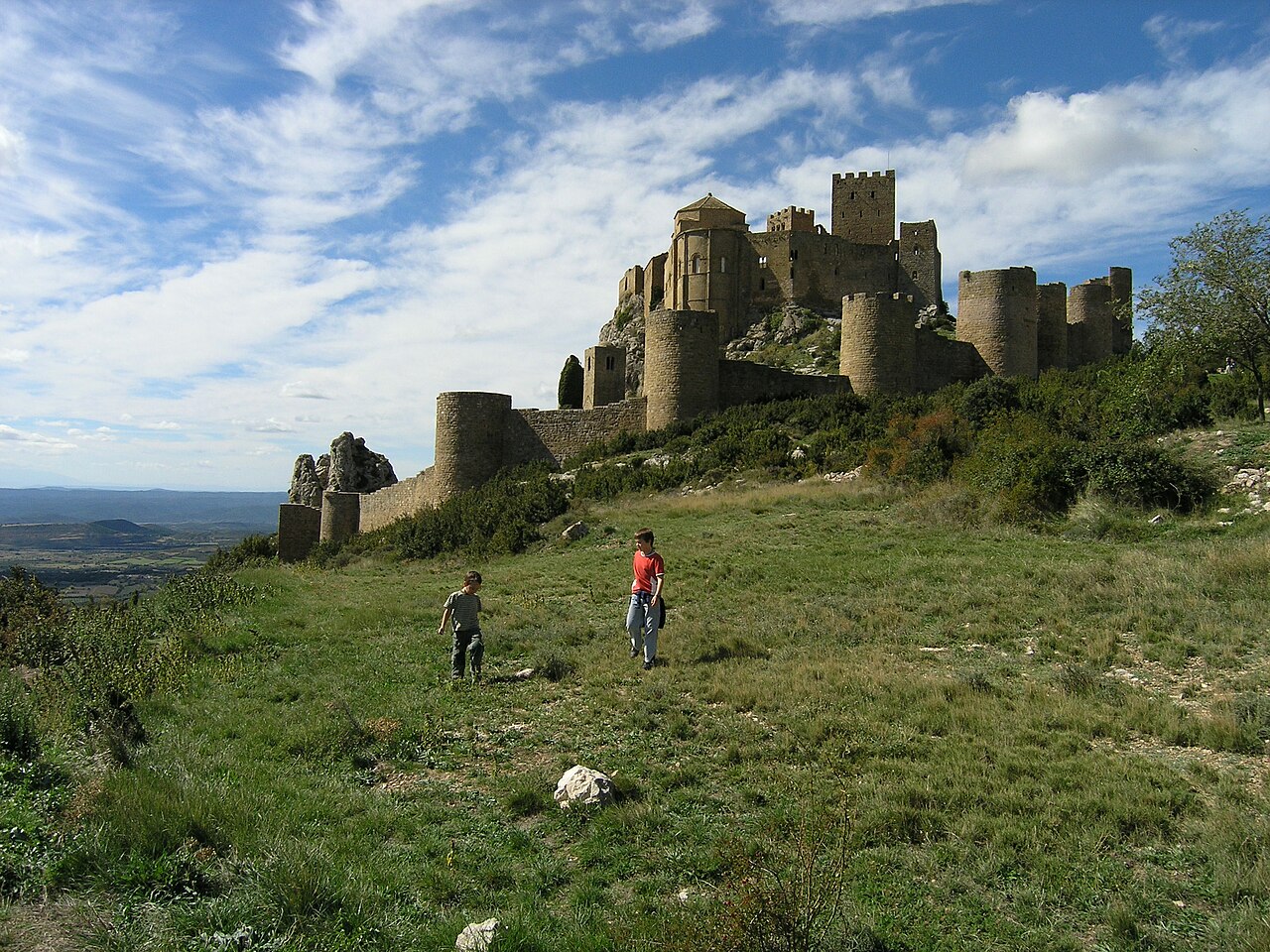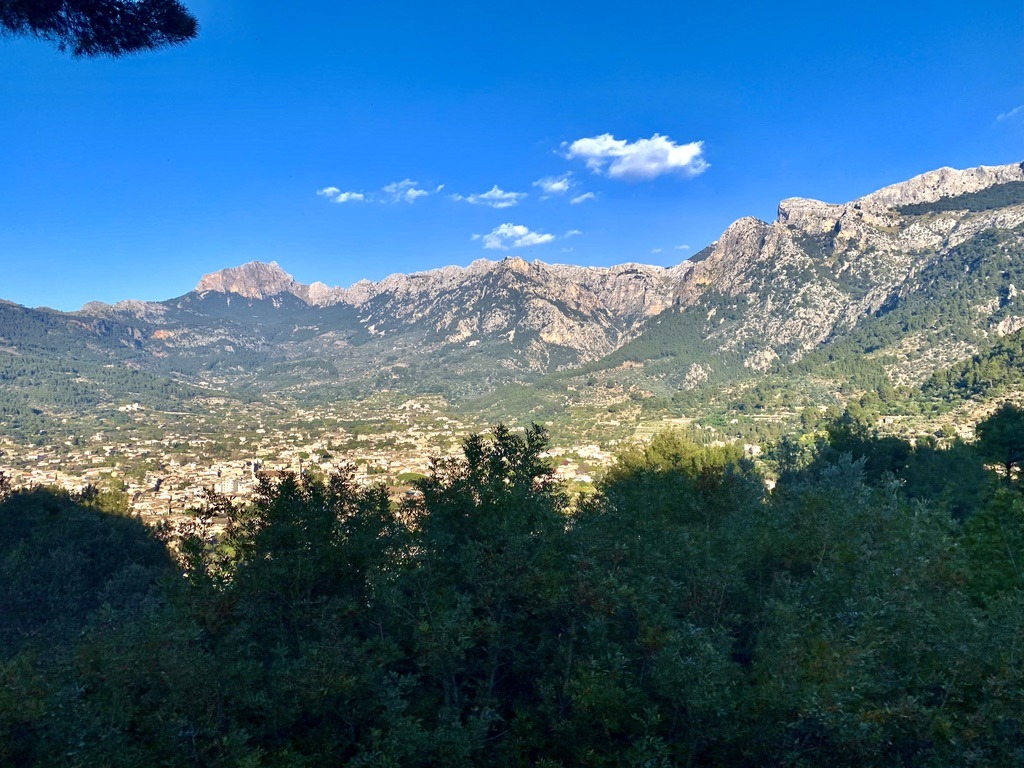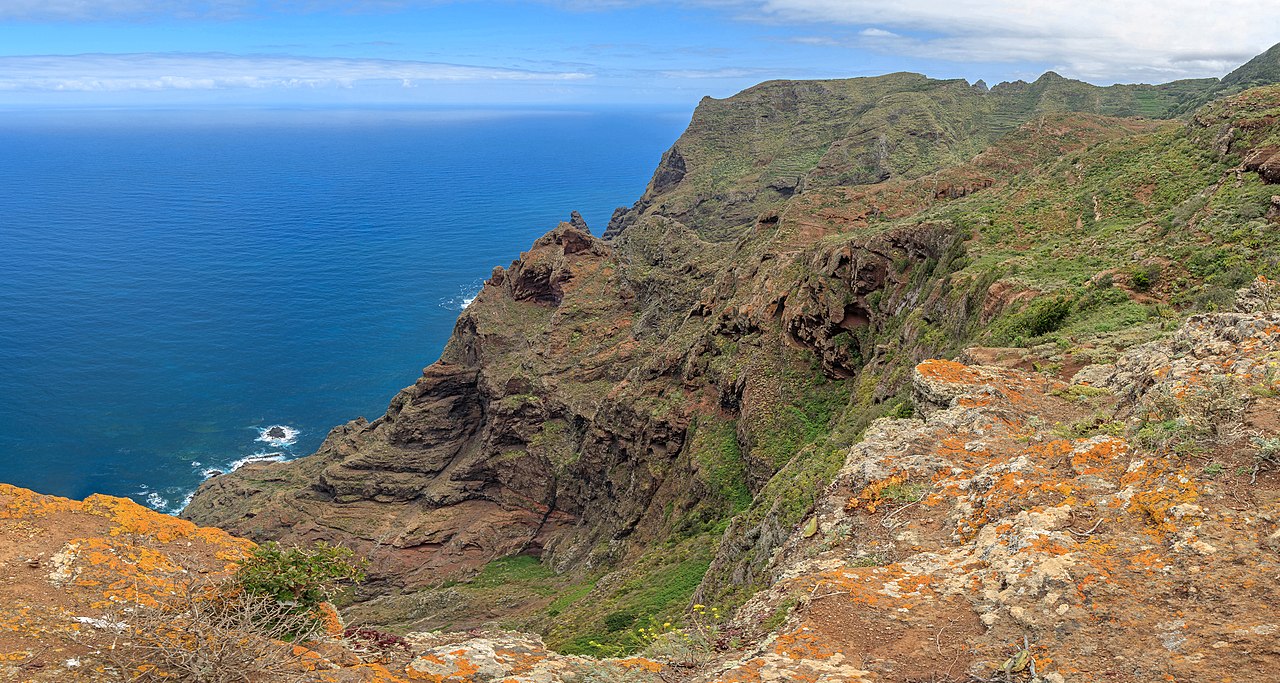Cantabria enchants visitors with its stunning landscapes, rich cultural heritage, and delicious cuisine. Whether you’re exploring historic towns, hiking through beautiful natural parks, or savoring local dishes, Cantabria offers a memorable and enriching travel experience.
Getting There and Around
Cantabria, located in northern Spain along the Bay of Biscay, is known for its stunning coastline, lush landscapes, and rich cultural heritage. The main gateway to Cantabria is Santander Airport, which offers domestic and international flights. The region is well-connected by train and bus services, with major routes passing through cities like Santander and Torrelavega. Renting a car is a convenient option for exploring the region, especially for accessing rural areas and coastal villages. Public transportation within cities includes buses, and many towns are pedestrian-friendly.
Top Attractions
- Santander: The capital of Cantabria offers beautiful beaches, elegant architecture, and vibrant cultural scenes. Highlights include the Magdalena Palace, Sardinero Beach, and the Centro Botín, a contemporary art center.
- Santillana del Mar: Known as the “town of three lies” (it’s not holy, flat, or by the sea), this charming medieval village features cobblestone streets, historic buildings, and the Romanesque Collegiate Church of Santillana.
- Altamira Cave: Famous for its prehistoric cave paintings, Altamira is a UNESCO World Heritage site. While the original cave is closed to the public, the nearby museum offers an impressive replica and educational exhibits.
- Picos de Europa National Park: A stunning mountain range offering dramatic landscapes, hiking trails, and diverse wildlife. The park is perfect for outdoor enthusiasts, with activities such as trekking, climbing, and bird watching.
- Comillas: This picturesque town is known for its modernist architecture, including the impressive El Capricho, designed by Antoni Gaudí, and the beautiful Sobrellano Palace.
- Castro Urdiales: A charming coastal town with a mix of medieval and modern architecture. Highlights include the Gothic Church of Santa María, the medieval castle, and the picturesque harbor.
Culture and Cuisine
Cantabria’s cultural heritage is influenced by its coastal and mountainous geography, offering a mix of maritime and rural traditions. The region is known for its festivals, such as the Festival of El Carmen in Santander, which celebrates the sea with parades, music, and fireworks.
Cantabrian cuisine is characterized by its emphasis on fresh, local ingredients, particularly seafood. Must-try dishes include cocido montañés (a hearty bean and pork stew), rabas (fried squid), anchovies from Santoña, and sobaos pasiegos (a type of sponge cake). The region is also known for its excellent cheeses, such as quesada pasiega (a cheesecake-like dessert) and picón (a blue cheese). Don’t miss trying orujo (a traditional pomace brandy) and queso de nata (a creamy cheese).
Shopping
For shopping enthusiasts, Santander offers a mix of local boutiques, specialty stores, and artisan shops. The old town and the Mercado de la Esperanza are ideal for finding unique souvenirs, handcrafted goods, and traditional Cantabrian products such as ceramics, leather goods, and textiles. Local markets, like the Mercado del Este in Santander, are great places to buy fresh produce, local delicacies, and artisanal goods.
Day Trips
Cantabria’s diverse landscape and rich history make it ideal for day trips:
- Liébana Valley: Known for its beautiful landscapes, historic monasteries, and the town of Potes, this valley is perfect for hiking, exploring, and enjoying the local cuisine and wines.
- San Vicente de la Barquera: A picturesque fishing village with beautiful beaches, a historic old town, and the stunning Church of Santa María de los Ángeles.
- Cabárceno Natural Park: A unique wildlife park set in a former mining area, featuring a wide variety of animals in semi-natural habitats. It’s great for families and nature lovers.
Practical Tips
A few simple tips to make your visit to Cantabria easier.
- Best Time to Visit: Spring (April to June) and Fall (September to November) offer mild weather and fewer tourists. Summers are warm and ideal for beach activities, while winters are cooler but less crowded.
- Language: Spanish is the official language. While English is spoken in tourist areas, learning some basic Spanish phrases can enhance your experience and interactions with locals.
- Safety: Cantabria is generally safe, but as with any tourist destination, be mindful of your belongings in crowded areas and tourist sites to avoid pickpocketing.





